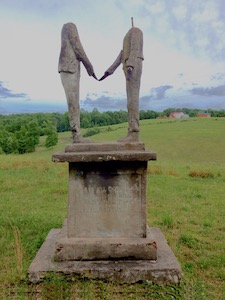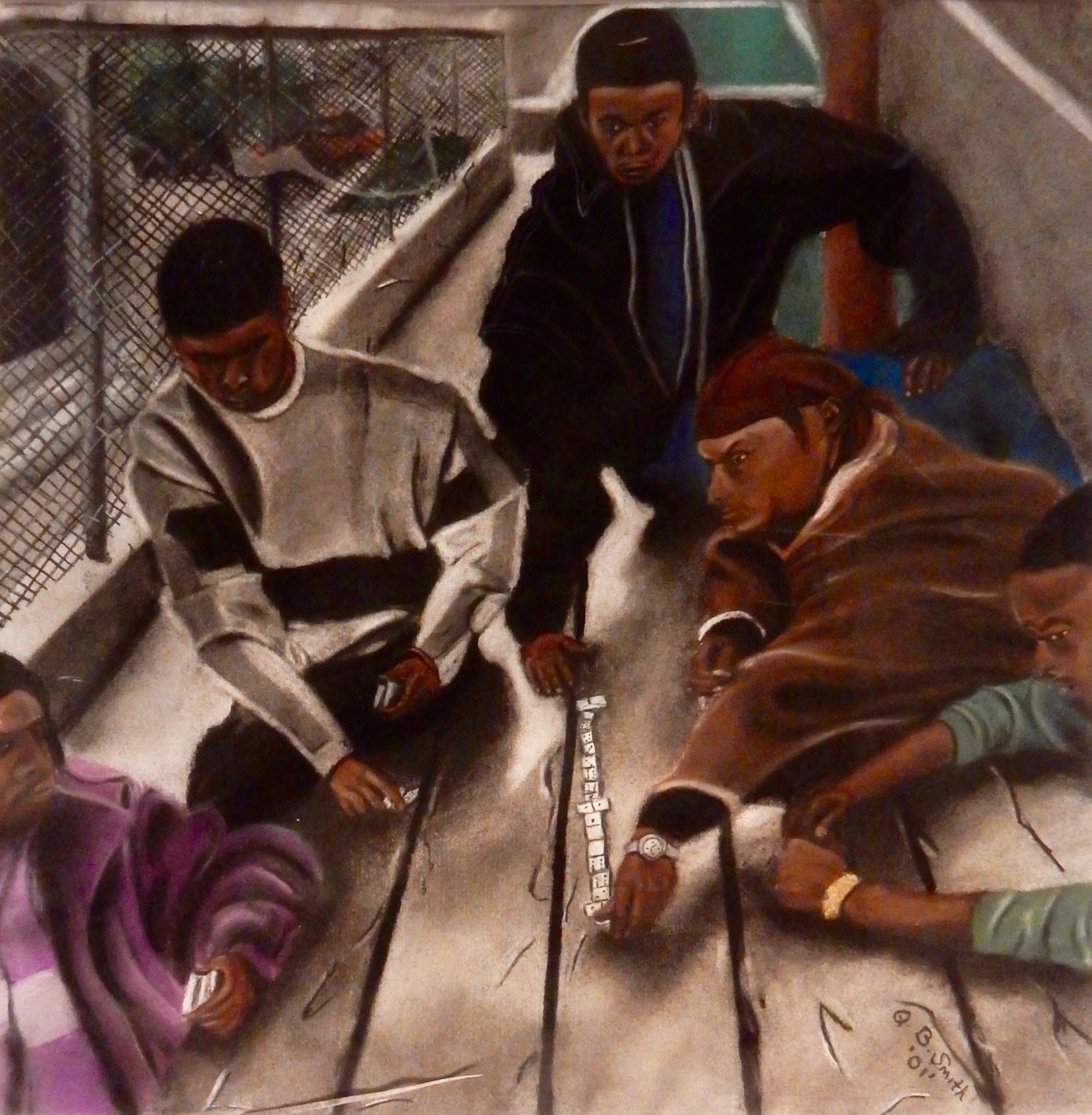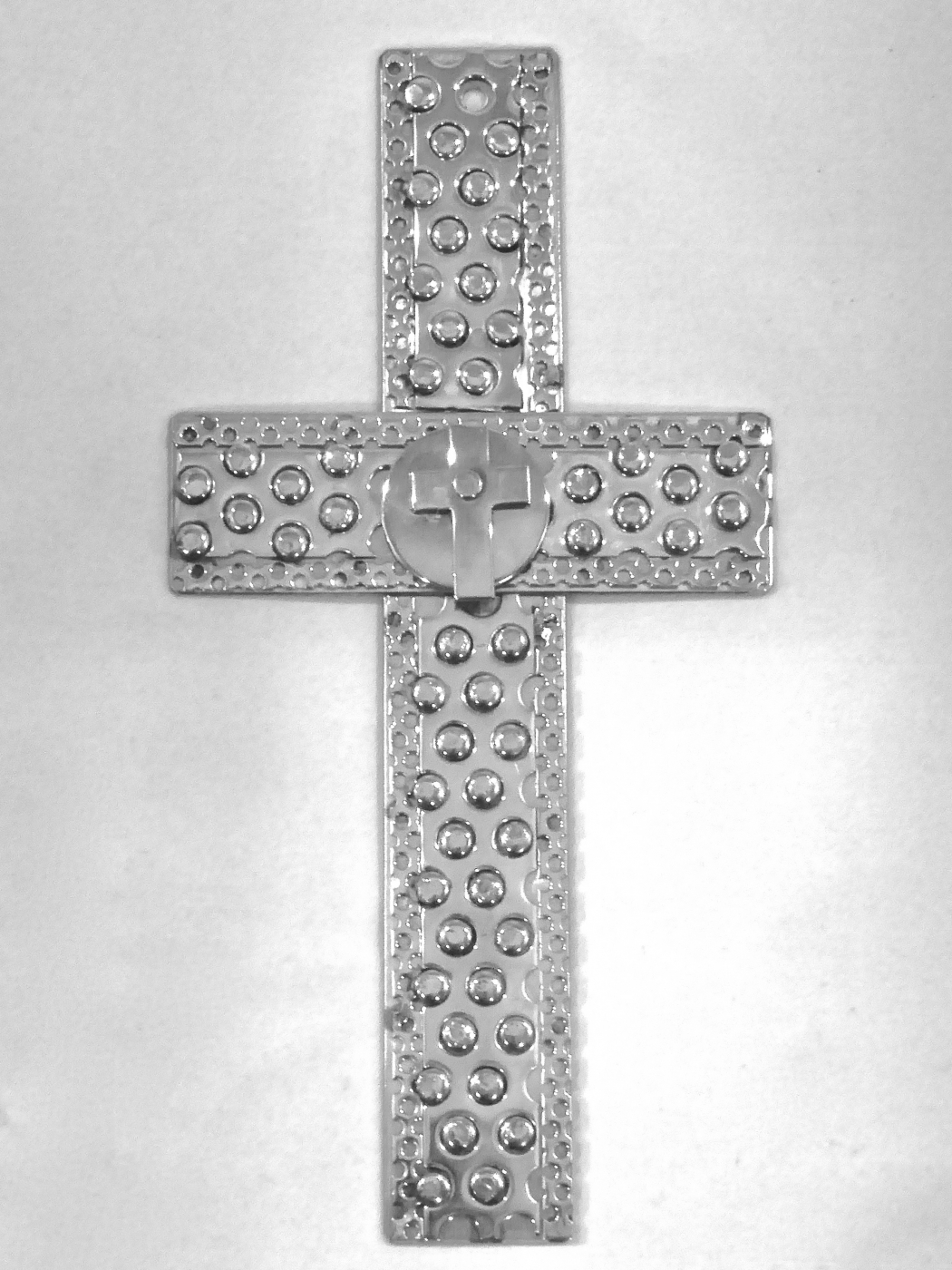The E.T. Wickham site in Palmyra, Tennessee, is one of the country’s spookiest art environments, even in the open field to which the family has relocated most of the statues. Credit the vandals who wrecked the work, but even more the ghost of E.T.’s vision that survived their pummeling. The statues lining the north-central Tennessee back road were erected in the 1950s and 60s by Enoch Tanner Wickham to honor historical figures and family members. They did not fare well after his death in 1970s, but their state seems to have mostly stabilized. Thirteen years ago Wickham family members relocated
Continue reading


